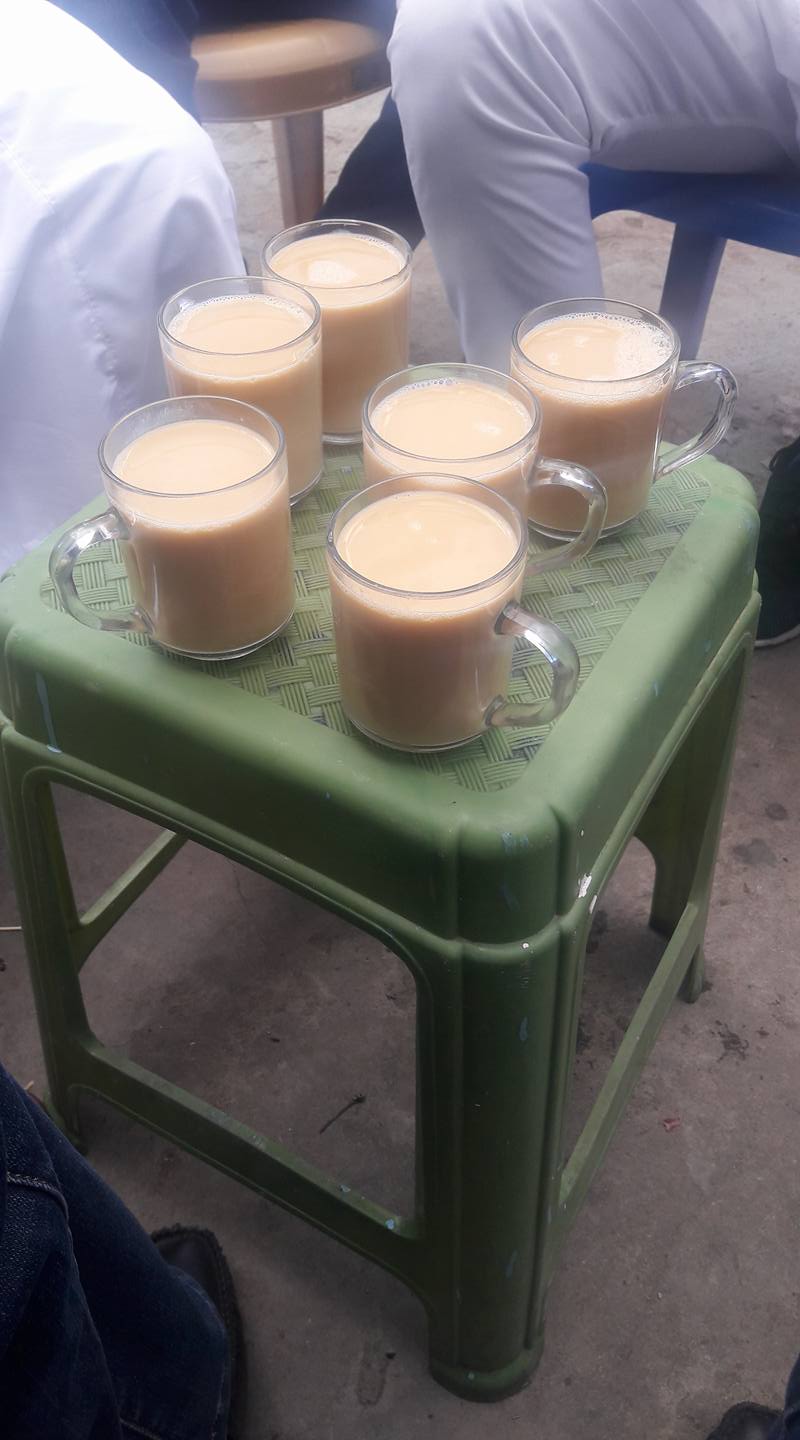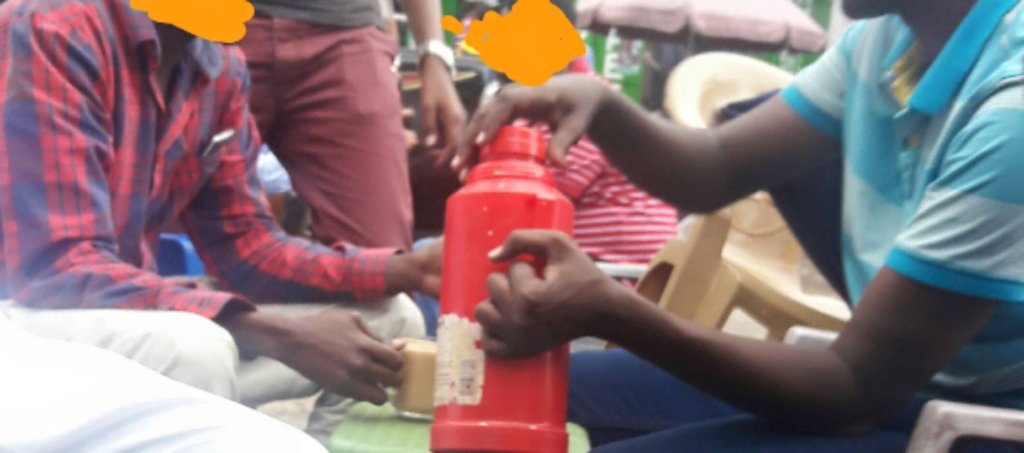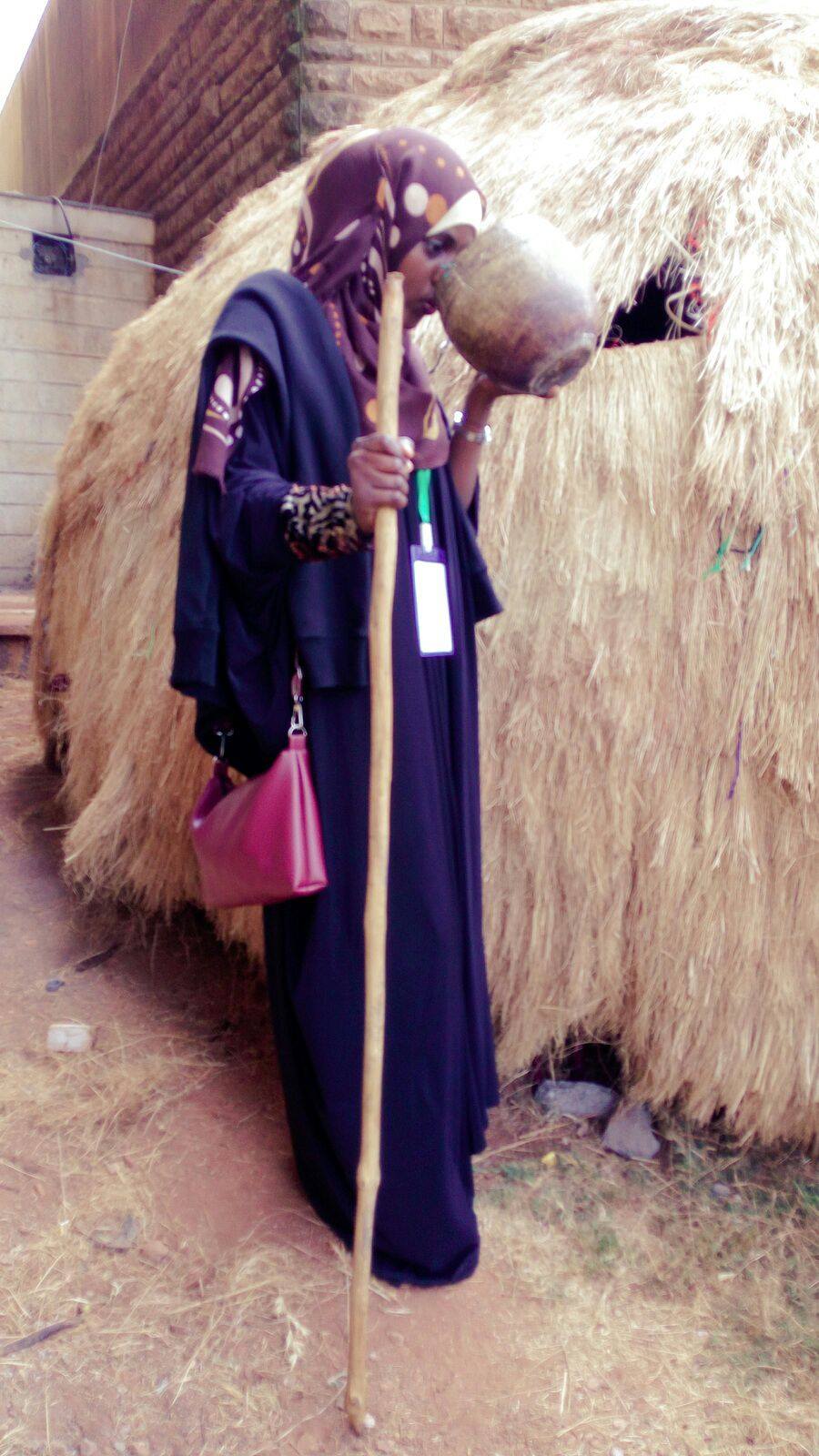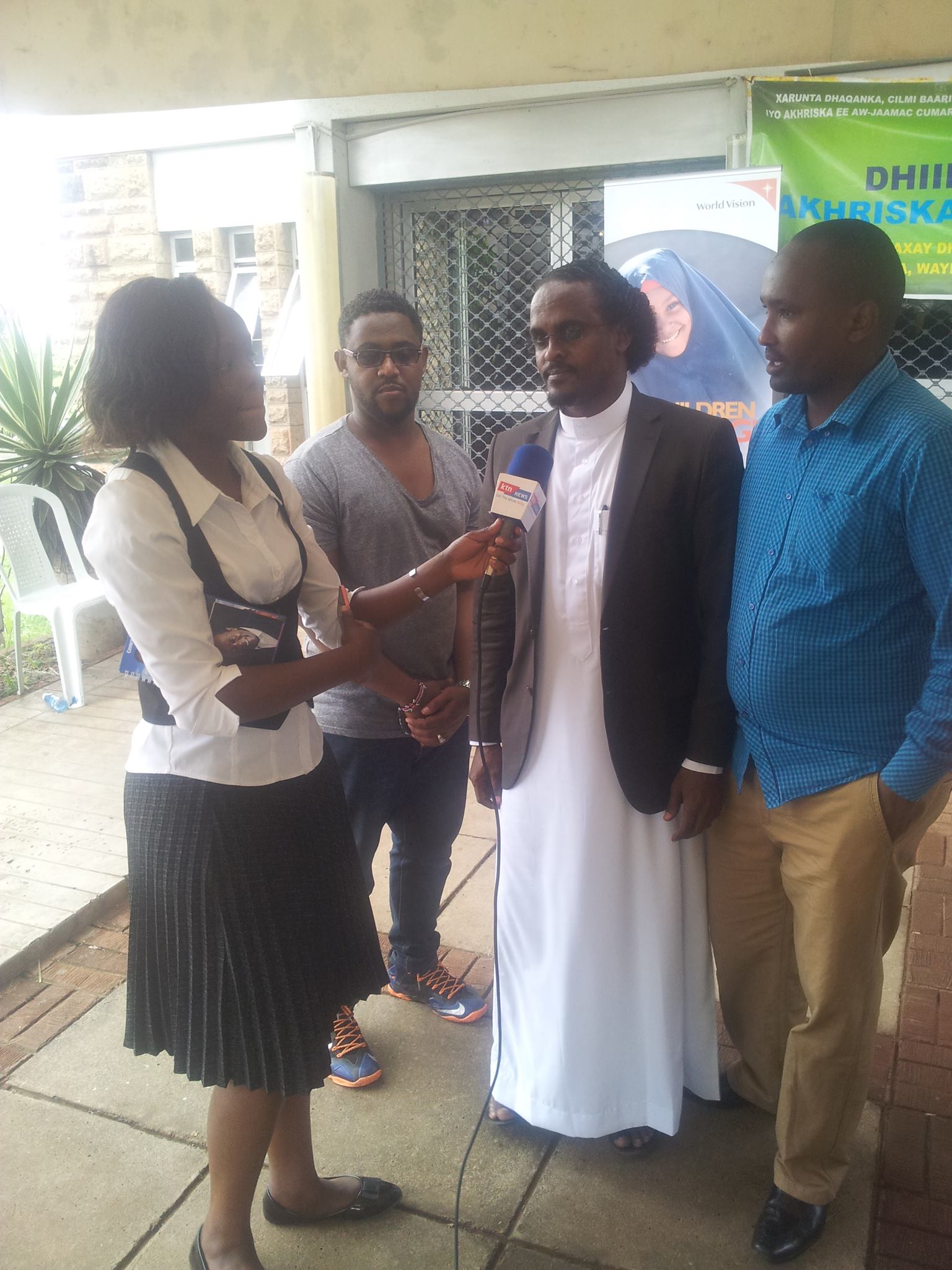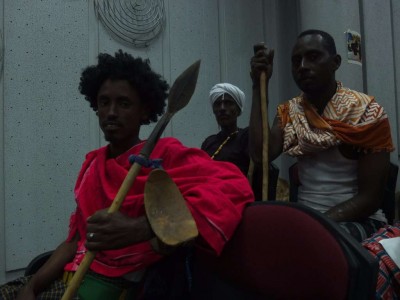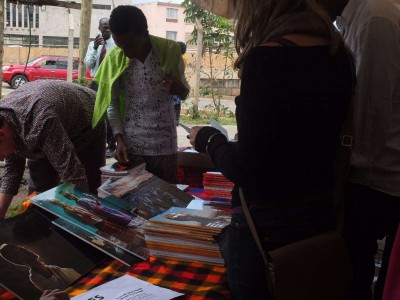I want you to picture a man. For the sake of identity, we will give him a name and call him Abdi because it is one of the most common names in the Somali community. And one of the easiest to pronounce, as well. Now, let me tell you the weird thing about Abdi.
This guy wakes up at 2 p.m., stretches and yawns lazily, creeps out of bed, staggers to the bathroom and takes a quick shower (sometimes without a shower gel and soap, sometimes with shower gel and soap), heads to the living room to hurriedly eat lunch (if he is a bachelor he goes to the nearest hotel) and heads to the base to wait the 3 p.m. miraa – an ever-green shrub grown in the Horn of Africa and the Arabian Peninsula and chewed as a stimulant – from Meru town. He starts chewing the green shrub from 3 p.m. to 4 a.m. (sometimes till 5 a.m.) when he finally finishes the marqaan session, goes home with a mixed feeling of self-hate, anger, hunger and hangover and sleeps without eating, without talking to anyone. He wakes up later at around 2 p.m. while hungry and re-starts the process again.
This is a complete life cycle that is sadly common for most men in Nairobi’s Eastleigh neighbourhood. The hood has many dashes (marfish) that bring together hundreds of men who take part in this qaad chewing sessions. The dashes are run by women who prepare and sell tea as well as water, peanuts and other commodities used by these men to spice their marqaan. The trend is the same in Northern Kenya where the Somalis live and in big Somalia towns like Mogadishu and Hargeisa as I have once written it here.
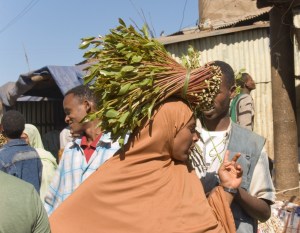
There are many bases for these miraa chewing sessions and one popular spot is Eastleigh’s Shah Macaan. Shah Macaan is a Somali phrase meaning sweet tea. The dashes in Shah Macaan stretch to as far as more than 200 metres in one of the abandon lines in Eastleigh’s 12th street, behind Equity Bank. The place is known to attract a good number of miraa chewers who waste away their days and nights in endless chewing sessions. As the name suggests, the ladies who operate the dashes prepare their tea in a way that makes these men gulp sips after sips and yearn for more. A sweet tea laced with different spices and café! Hundreds of plastic chairs and stools are lined inside and outside of every marfish for the men to sit on. The stools are used to place the cups for drinking the tea, mineral water bottles as well as the twigs and peanuts. A complete comfy for an ordinary chewer!
Most of these men rely on their relatives in the diaspora who send them remittance after every end month. This allows them to have the time to waste, chewing the twigs from evening to dawn without thinking about where to get the next meal for their family. Their discussions in these dashes range from politics to family issues. These miraa chewing sessions qualify for fadhi ku dirir (fighting while seated), a term used widely in Somalia and among the Somali populace. They often discuss the political landscape in Somalia and far afield while being loud and noisy. One will be forgiven for thinking that they are fighting or are about to engage in a fight.
Amidst all these noisy discussions about politics and society, there are those who just put on earphones and listen to music and chew their twigs nonchalantly. These guys are often seen as ‘discipline’ chewers because their marqaan doesn’t involve arguments and loud talks like the former. The silent type use their eyes for observation and the ears for the Somali music that is often used as an ingredient for the Marqaan. Another popular thing that is often common in this base is the Ludo game. They place their smartphones on the stools and play in groups of four. You will see them carrying their chargers in case their mobile phones run out of charge while playing it.
The funniest aspect of this Marqaan sessions is the ability of these men to build castles in the air. “Dawaqyaal aan jirin ayee dhisaan (they build inexistent castles in the air)” is a phrase often used by the non-chewers to make fun of these guys. When they get stimulated by the twigs they chew, they start creating their own stories, making their own plans and other unimaginable thoughts. A chewing man can plan his own wedding, execute all the necessary steps, marry the wife and divorce her while still seated on that plastic chair chewing the twigs. Or he will plan something that he has to do tomorrow and when that day comes he will be either sleeping or sitting for another chewing session with the plan up in the air. It is something they are known for. You will hear people say, “Did he say it while he was chewing? Then forget it. It will evaporate.”
Shah Macaan marqaan sessions are seen as the epitome of laziness and irresponsibility. That is why most residents of Eastleigh describe it as a base where the ‘wasted’ waste their remaining time, chewing aimlessly while making delusional plans day after day. When you are on the phone and you tell the person on the other end of the line that you are passing near Shah Macaan their telephone conversation immediately changes and they will ask you sarcastically, “Do you want to sit?” a phrase that means do you want to chew?
The intriguing thing about these men is the ability to stay without eating for a long time. Most of them prefer not to eat food during these marqaan sessions. Some will sit from 3 p.m. to 5 a.m. and eat around 6 a.m. before they sleep, but some will head straight to bed to redeem the sleeping hours they lost. Those ones will have their next meal 24 hours later. The miraa leaves and stem contain dopamine and cathinone which induce euphoria, stimulation and dispel fatigue. This explains why these men overlook food and many other basic needs. Their routines are confined to only chewing and sleeping for long hours. There is a joke in which people say “the qaad caused them bowel obstruction” referring to how they have no urge to eat normal food.
Often, it is these men’s wives who take care of the kids without these guys raising a finger. It is not uncommon to see women taking and bringing kids from school while these men sleep or chew the mild narcotic in faraway marqaan bases.
For some, Shah Macaan is a dreadful place where men are wasted yet for some, it is the perfect haven to chew away their worries, build inexistent castles and plan their lives while seated and high on these stimulant leaves.
Meaning of words and phrases:
Shah Macaan – Sweet Tea
Qayilaad – Chewing
Marqaan – Stimulation
Fadhi ku Dirir – Fighting while seated

